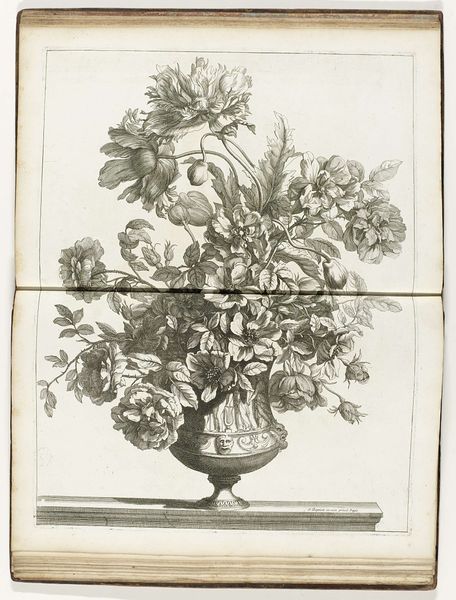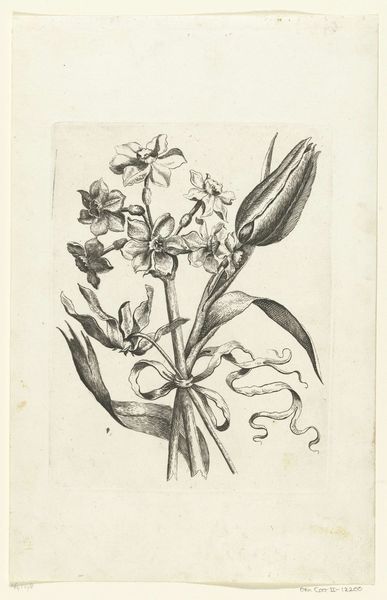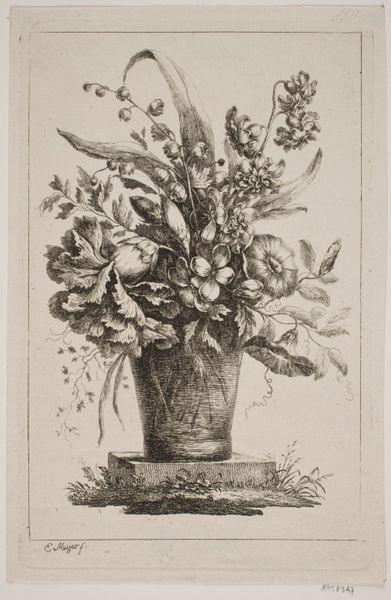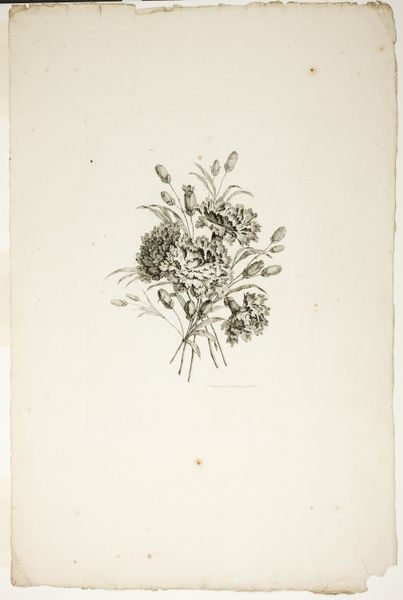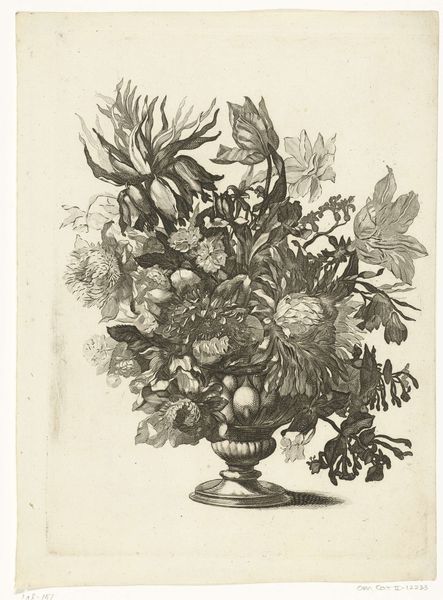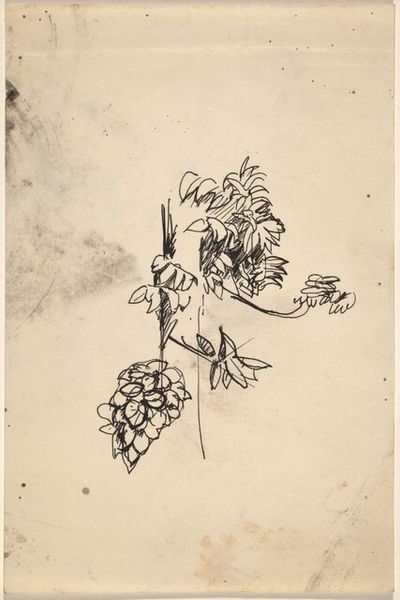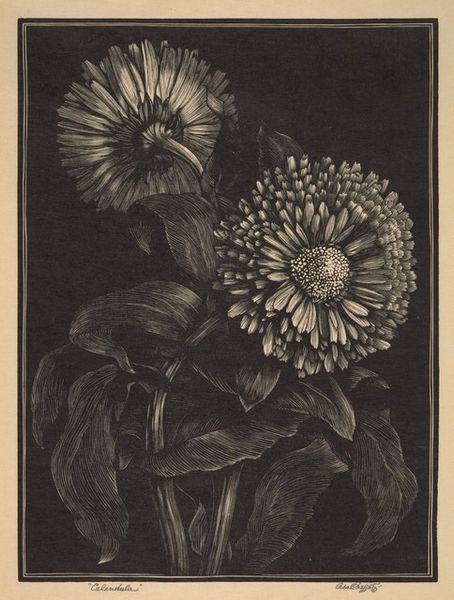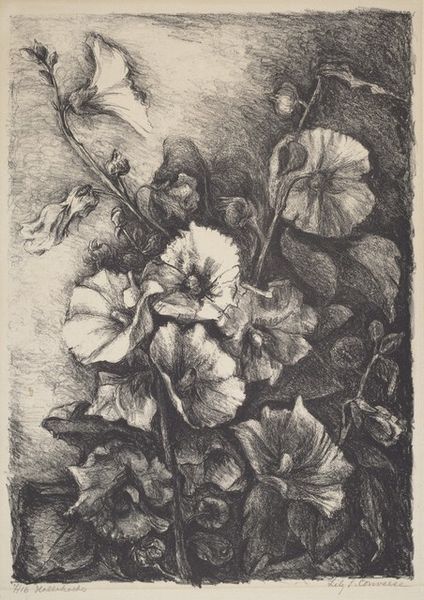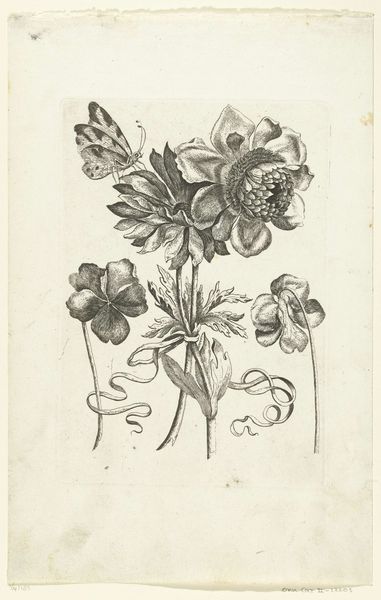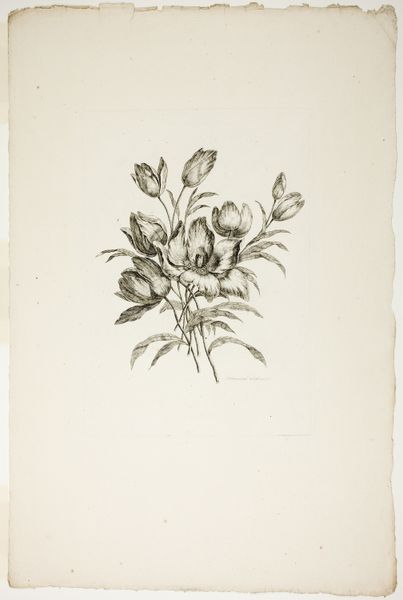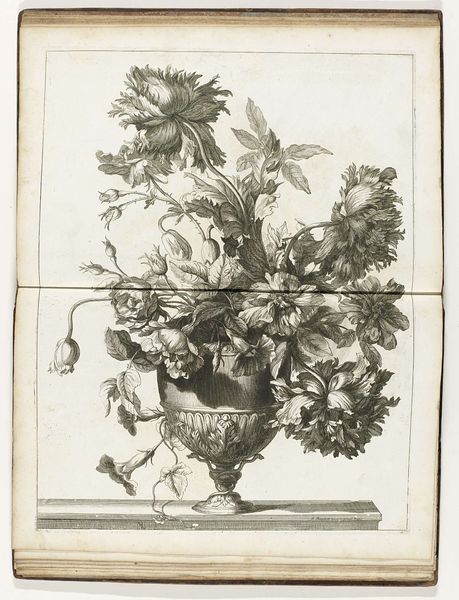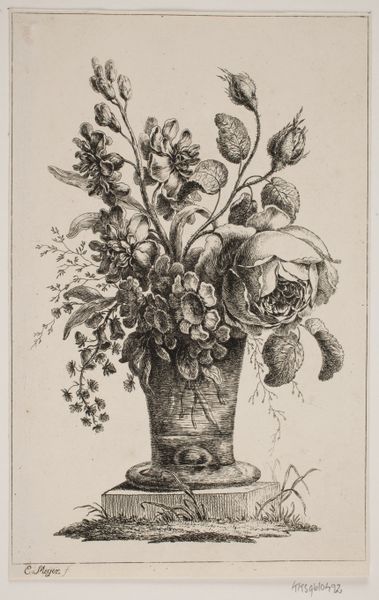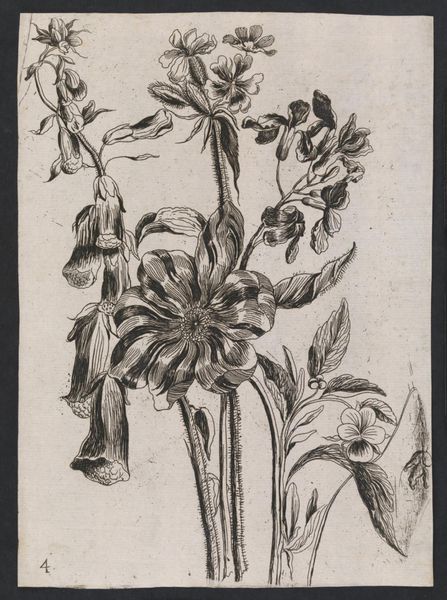
print, etching
# print
#
etching
#
figuration
#
geometric
#
line
Copyright: National Gallery of Art: CC0 1.0
This is Stuart Egnal's drypoint etching, "Vase of Flowers," made in 1963. At first glance, we see a simple arrangement: flowers bursting forth from a vase. But consider, the vase motif has been a vessel of symbolic weight across cultures, from ancient Greek amphorae to Dutch still lifes. Flowers are a potent symbol, often linked to notions of ephemerality, beauty, and the cycle of life. In art history, the arrangement of flowers in a vase, like those in Jan Brueghel the Elder's paintings, could symbolize transience and vanitas. Yet, the vase itself, an artifact of human creation, becomes a vehicle to contain and display nature's fleeting beauty. The act of arranging flowers is a deeply human gesture, a subconscious desire to impose order and beauty onto the natural world. It's as if, through the act of placing them in a vase, we hope to arrest their decay, to hold onto beauty as it slips through our fingers. This image is simple, but it evokes a powerful undercurrent, a quiet acknowledgement of life's transient beauty.
Comments
No comments
Be the first to comment and join the conversation on the ultimate creative platform.
